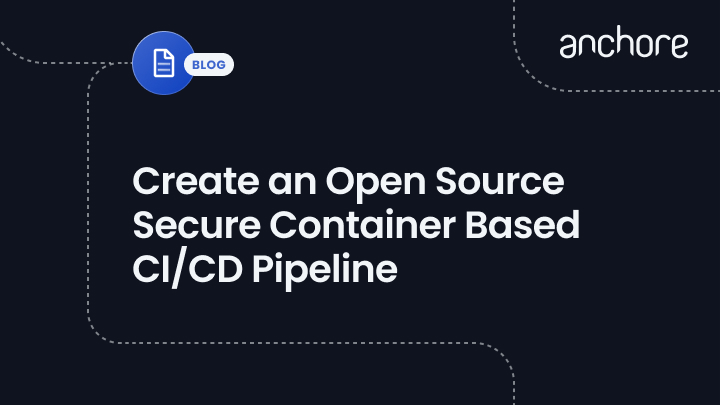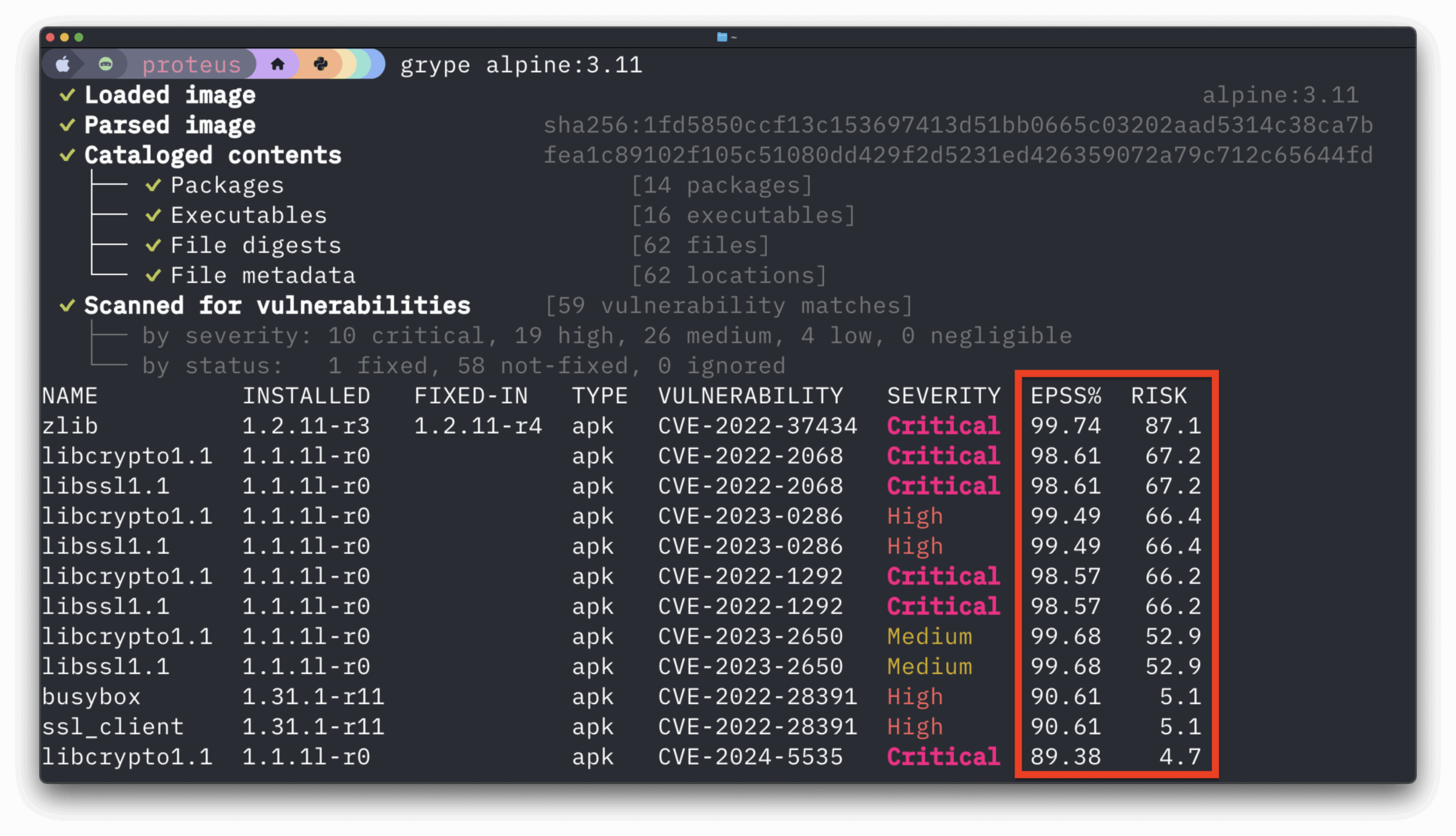Docker gives developers the ability to streamline packaging, storage, and deployment of applications at great scale. With increased use of container technologies across software development teams, securing these images become challenging. Due to the increased flexibility and agility, security checks for these images need to be woven into an automated pipeline and become part of the development lifecycle.
Common Tooling
Prior to any implementation, it is important to standardize on a common set of tools that will be critical components for addressing the above requirement. The four tools that will be discussed today are as follows:
Jenkins
Continuous integration tools like Jenkins will be driving the workload for any automated pipeline to run successfully. The three tools below will be used throughout an example development lifecycle.
Docker Registry
Docker images are stored and delivered through registries. Typically, only trusted and secure images should be accessible through Docker registries that developers can pull from.
Anchore
Anchore will scan images and create a list of packages, files, and artifacts. From this, Anchore has the ability to define and enforce custom policies and send the results of these back in the form of a pass or fail.
Notary
Notary is Docker’s platform to provide trusted delivery of images. It does this by signing images, distributing them to a registry, and ensuring that only trusted images can be distributed and utilized. Example CI build steps:
- Developer commits code to repository.
- Jenkins job begins to build a new Docker image bring in any code changes just made.
- Once the image completes it is scanned by Anchore and checked against user-defined policies.
- If the Anchore checks do not fail, the image gets signed by Notary and pushed to a Docker registry.
Anchore Policies
As mentioned above, Anchore is the key component to enforcing only secure images progress through the next stages in the build pipeline. In greater detail, Anchore will scan images and create a manifest of packages. From this manifest, there is the ability to run checks for image vulnerabilities. Additionally, the ability to periodically check if new vulnerabilities have been published that directly impact a package contained within a relevant image manifest. Anchore has the ability to be integrated with common CI tools (Jenkins), or in an ad hoc manner from a command line. 
Secondary to the above, once a set of base images have been signed (Notary) and pushed into a trusted registry, it is now a requirement for all ‘application specific’ images to be created. It is the responsibility of whoever is building these images to make sure the appropriate base images are being used. Inheritance of a base layer will apply here, and only signed images from the trusted registry will be able to pass the next set of Anchore policy checks. These checks will not only focus on the signed and approved base layer images but depending on the application layer dependencies, will check for any NPM or Python packages that contain published vulnerabilities. Policies can be created that enforce Dockerfile and image best practices. As an example, Anchore allows the ability to look for a base image to be in existence via a regex check. These regular expressions can be used to enforce policies specific to image layers, files, etc.
While the above is just an example of how to implement, secure, and enforce images throughout its lifecycle, it is important to understand the differences between tools, and the separate functions each play. Without tools similar to Anchore, it is easy to see how insecure or untrusted images can make their way into registries and production environments. By leveraging gated checks with Anchore, not only do you have control around which images can be used, but teams can begin to adopt core functionality of the other tools outlined above in a more secure fashion.



